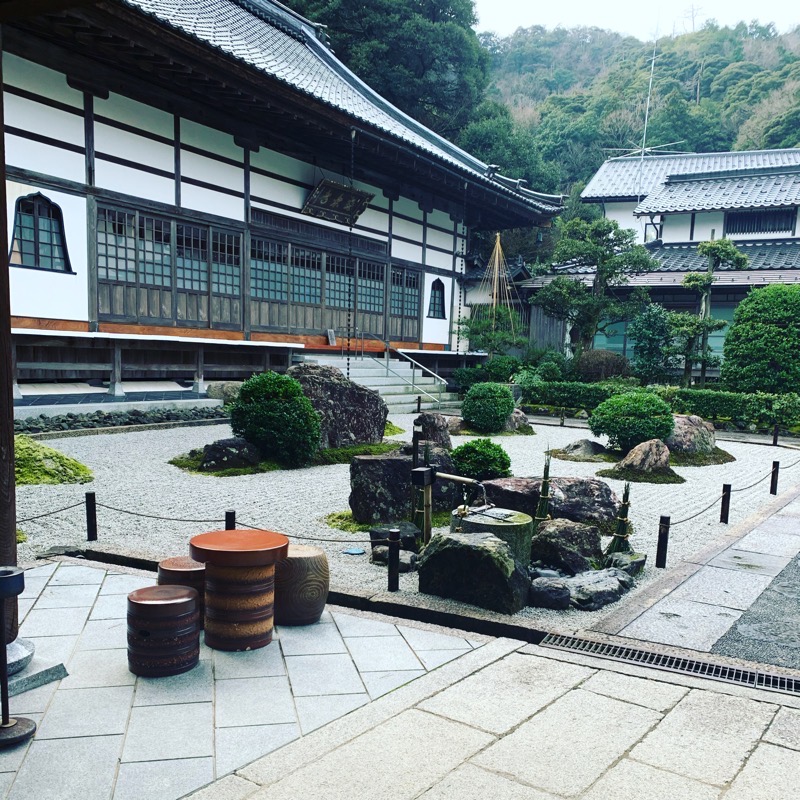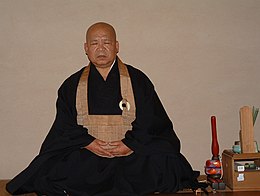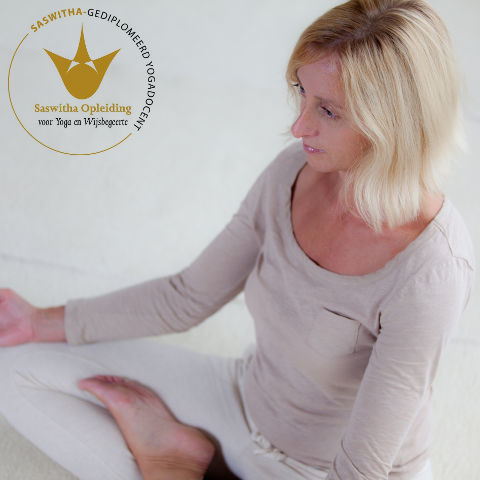At the heart of Zen is the meditation practice called zazen, meaning “just sitting.”The instructions are simple, but the practice is endlessly subtle. The upright open posture of zazen, which can be done on a cushion, a bench, or in a chair, fosters both concentrated stillness and insight. Zen Master Dogen’s simple advice is this: Put aside the intellectual habit of.
SOTOZEN.COM > Practice > Zazen > How to do Zazen
How to do Zazen
The place
When you do zazen, find a quiet place where you can sit without disturbances. It should be neither too dark nor too bright, warm in the winter and cool in the summer. The sitting place should be neat and clean.
- Zazen is Andy West, Joaquin Lievano, Steve Kaplan and Rama. Morning Noon Sunset - Part 1. Light Saber Further Notes TAPE Private Release 1990, 1994 Zazen is Andy West, Joaquin Lievano, Steve Kaplan and Rama Remastered CD 2002 - ASI with original artwork Shire Dance Journey to Mordor Song of the Cave Dwarves.
- The essential thing in doing zazen is to awaken (kakusoku) from distraction and dullness, and return to the right posture moment by moment. Getting up from zazen. When you finish zazen, bow in gassho, place your hands palms-up on your thighs, sway your body a few times, first a little, and then more extensively. Take a deep breath.
- Zazen, a form of seated meditation, is at the very heart of Zen practice. In fact, Zen is known as the “meditation school” of Buddhism. Zazen is the study of the self. Master Dogen said, “To study the Buddha Way is to study the self, to study the self is to forget the self, and to forget the self is to be enlightened by the ten thousand.
If possible, a statue of Manjushri Bodhisattva should be enshrined in the room. If there is none available, any statue or painting of a Buddha or a Bodhisattva is fine. Also, when possible, place an offering of flowers on the altar and burn incense.
Preparing yourself
Avoid sitting when you haven't had sufficient sleep or when you are physically exhausted. Before sitting, eat moderately and avoid alcohol. Wash your face and feet so that you feel refreshed.
Clothing
Avoid wearing soiled clothing or garments which are luxurious or expensive. It is also advisable to avoid heavy garments. Wear your clothing loosely but neatly. In Japanese Zen monasteries, socks are not worn in the zendo.
Position of the zafu
Place a thick square mat (zabuton) in front of the wall and put a zafu on it. Sit down, placing the base of your spine at the center of the zafu so that half of the zafu is behind you. After crossing your legs, rest your knees firmly on the zabuton.
Crossing your legs(1): full-lotus position (kekkahuza)

Place your right foot on your left thigh, and then your left foot on your right thigh. Cross your legs so that the tips of your toes and the outer edge of your thighs form a single line.
Crossing your legs(2): half-lotus position (hankahuza)
Simply place your left foot on your right thigh. When you cross your legs, your knees and the base of your spine should form an equilateral triangle. These three points support the weight of your body. In full-lotus position (kekkahuza), the order of crossing the legs may be reversed, and in half-lotus position (hankahuza), raising the opposite leg is acceptable.
Posture
Rest both knees firmly on the zabuton, straighten the lower part of your back, push your buttocks outward and hips forward, and straighten your spine. Pull in your chin and extend your neck as though reaching toward the ceiling. Your ears should be in a line parallel to your shoulders, and your nose should be in line with your navel. After straightening your back, relax your shoulders, back, and abdomen without changing your posture. Sit upright, leaning neither to the left nor right, neither forward nor backward.
Cosmic Mudra (Hokkaijoin)
Place your right hand, palm-up, on your left foot, and your left hand palm-up on your right palm.The tips of your thumbs should be lightly touching each other. This is called Cosmic Mudra (hokkai-join). Place the tips of your thumbs in front of your navel, and your arms slightly apart from your body.
The mouth
Keep your mouth closed, placing your tongue against the roof of your mouth just behind your teeth.
The eyes
Keep your eyes slightly open. Cast them downward at about a 45-degree angle. Without focusing on any particular thing, let everything have its place in your field of vision. If your eyes are closed, you will easily drift into drowsiness or daydreaming.
Exhale completely and take a breath (Kanki-issoku)
Quietly make a deep exhalation and inhalation. Slightly open your mouth and exhale smoothly and slowly. In order to expel all the air from your lungs, exhale from the abdomen. Then close your mouth and continue to breathe through your nose naturally. This is called kanki-issoku.
Swaying the body
Place your hands palms-up on your knees and sway the upper half of your body from left to right a few times. Without moving your hips, move the trunk as if it were a pole leaning to one side then the other, so that the waist and hip muscles are stretched. You may also sway forward and backward. At first this movement should be large, gradually becoming smaller and smaller, and ceasing with your body centered in an upright position. Once again forming the hokkai-join with your hands, assume an unmoving upright posture.
Abdominal breathing
During zazen, breathe quietly through your nose. Do not try to control your breathing. Let it come and go so naturally that you forget you are breathing. Let long breaths be long, and short breaths be short. Do not make noise by breathing heavily.
Awareness (Kakusoku)
Do not concentrate on any particular object or control your thought. When you maintain a proper posture and your breathing settles down, your mind will naturally become tranquil.
When various thoughts arise in your mind, do not become caught up by them or struggle with them; neither pursue nor try to escape from them. Just leave thoughts alone, allowing them to come up and go away freely. The essential thing in doing zazen is to awaken (kakusoku) from distraction and dullness, and return to the right posture moment by moment.
Getting up from zazen

When you finish zazen, bow in gassho, place your hands palms-up on your thighs, sway your body a few times, first a little, and then more extensively. Take a deep breath. Unfold your legs. Move slowly, especially when your legs are asleep. Do not stand up abruptly.
Kinhin
When doing kinhin, walk clockwise around the room, holding your hand in shashu position. From the waist up, your posture should be the same as that in zazen. Take the first step with your right foot. Advance by taking only half step for each full breath (one exhalation and inhalation).


Walk slowly and smoothly as if you were standing in one place. Do not drag your feet or make noise. Walk straight ahead, and when turning, always turn to right. The word kinhin means to go straight. When you finish kinhin, stop and bow. Then walk at a normal pace around the room until you return to your seat.
At the heart of Zen training is zazen, or seated meditation. Here at Yokoji we sit zazen on a daily basis year round—check the schedule and join us when you can.
Through the practice of sitting quietly, the mind reflects one's environment and the self that is based on thought and description can be lost. This experience of reality is direct and intimate. Tenshin Roshi and Keizan Sensei co-wrote a book called Way of Zen which says this about zazen:
In our daily lives, zazen provides us with a situation in which we can remove ourselves from external acivities, turn our activity inward, and face ourselves. Zazen is not about achieving some particular state of consciousness. Rather, it is about discovering who you are and what your life is.

Zazen can be practiced by anyone, at any time. It is best practiced in a quiet space, using one of the postures shown. The video on this page shows all the different zazen postures and gives basic instruction as to how to sit. By sitting correctly and comfortably, it allows both body and mind to settle down. A core practice of zazen, is either counting or following the breath. The breath functions as a natural anchor point to come back to when the mind wanders. The practice of counting or following the breath is often given to beginners but it is not limited to those new to the practice—the sensation of breath entering and leaving your body will be with you your whole life. You can always return to the breath.
There are two main practices associated with Zen—Koan and Shikantaza. Koan is a Japanese word, from the Chinese gong'an, and literally means 'public case', from the time in China when magistrates would travel from village to village to settle disputes. Like a legal precedent, koans establish a standard of insight and understanding that must be matched by the student. A second meaning of the term koan, is to make even that which is uneven. Koans work by revealing to a student the gaps in their understanding of reality, and by looking into the question, the gap can be bridged, and reality and understanding made to match-up seamlessly. One famous example of Koan is Hakuin's 'What is the sound of one hand?' Another example is from Master Joshu: 'A monk asked Joshu, 'Does a dog have Buddha nature or not?' Joshu replied, 'Mu.'
Zazen Chinese Massage
Shikantaza is another Japanese word that means 'just sit hit mind'. This is the direct experience of the reality of this moment, over and over. The practice is to return repeatedly to the direct experience of whatever is coming in, whatever is 'hitting' the mind. It might be the breath, the sound of the birds outside, or the cars and people of a city, the light shifting below your gaze or physical sensations in your body. The mind does not need pointing in any direction, it naturally is all these things and awareness shifts accordingly. The trick is to stay focused rather than drifting off in to thought and fantasy. The abbot at Yokoji, Tenshin Roshi, is a master of both koan and shikantaza and uses both in his teaching.
